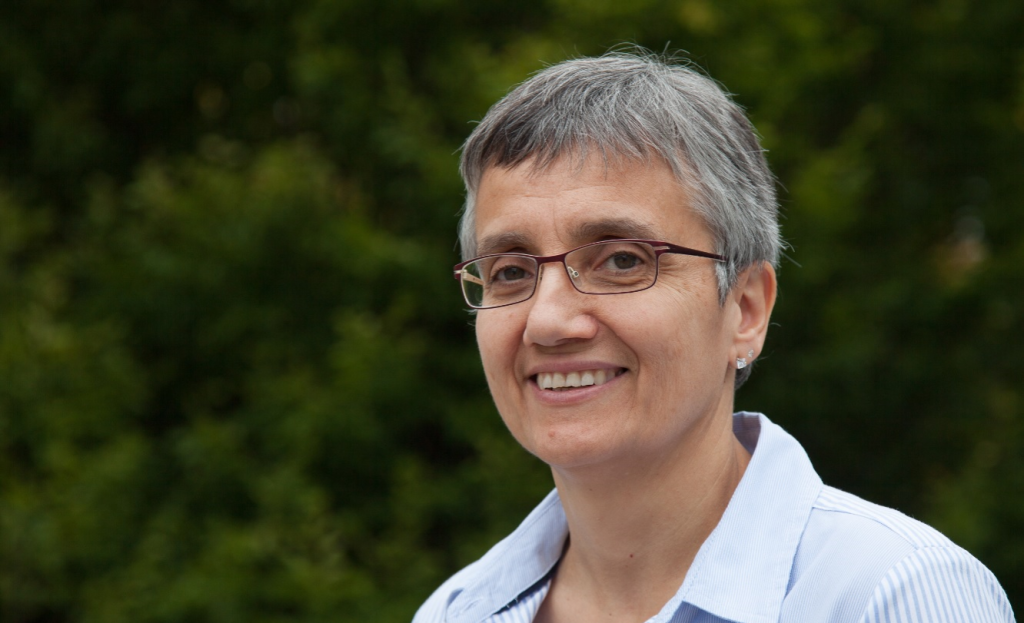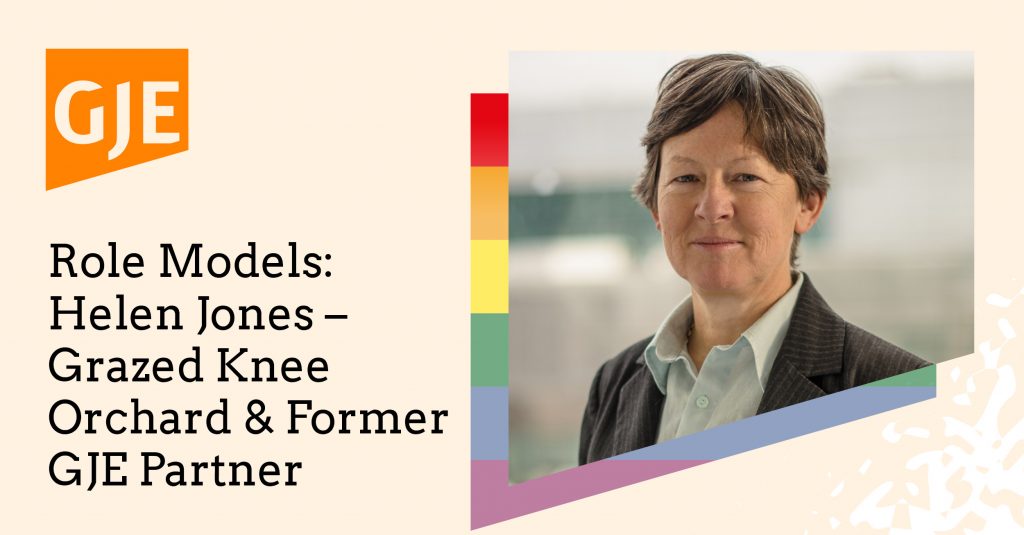
As patent attorneys, we are interested in clinical trials for a number of reasons. They form the backbone of medical research, and provide valuable insights which lead to approved treatments, influence the future research agenda, and drive innovation in the medical field. The patient data generated by clinical trials is also highly valuable to include in patent applications covering pharmaceutical inventions, in order to plausibly demonstrate that the claimed product has the therapeutic effect on which the patent application relies. However, as brought to the fore by the COVID-19 pandemic, there are problems with the ongoing lack of racial diversity among clinical trial participants 1. Historically, this lack of representation results in inferior outcomes and less accurate information about drug efficacy and safety for patients from historically marginalised populations. Black History Month provides us with a good opportunity to reflect on the ongoing under-representation of Black people in clinical trials, as well as the multi-faceted approaches taken by governments and the research community to tackle the racial clinical data-gap to improve health outcomes for all.
The significance of racial diversity in clinical trials
A 2015 study revealed that around 20% of new drugs approved between 2008 and 2013 demonstrated differences in pharmacokinetics, safety, efficacy, dosing and pharmacogenetics across racial and ethnic groups 2. These findings have rightfully led to race-dependent dosing and warnings being included on the FDA product-approved labelling of particular drugs, to ensure that prescriptions are tailored to individual patients as safely and effectively as possible.
Yet, whilst racial and ethnic differences in drug responses have become increasingly apparent in recent years, the significantly low proportion of Black individuals enrolled in clinical trials has been slow to change. In 1992, 92% of the participants enrolled in clinical trials were white, with this figure reducing only slightly to 86% by 2014 3. Racial bias is also particularly evident in the area of genome-wide association studies, with a 2016 study in Nature revealing that the vast majority of participants are of European descent (86-91%)4. This means that health research frequently does not meet the needs of the whole population, which in turn distorts healthcare delivery.
Unfortunately, increasing diversity in clinical trials is not as simple as mere recruitment. Particularly amongst Black communities, mistrust of the health care system and caution of exploitation consistently emerges as a primary barrier to participation in medical research5, regardless of prior research participation or socioeconomic status6. Given the terrible history of unethical and exploitative medical experimentation of Black people, as well as ongoing discriminatory healthcare practices, this is not a surprise. Science writer and medical ethicist Harriet Washington illustrates in her book Medical Apartheid: The Dark History of Medical Experimentation on Black Americans from Colonial Times to the Present that, particularly in the US, more than four centuries of a biomedical enterprise designed to exploit Black Americans is a principal contributor to current mistrust.
Closing the racial data gap
Although the under-representation of Black people in medical research is a deep-rooted issue that will not change overnight, much progress has already been made worldwide to eradicate racial bias and consign patient prejudice to the past.
In the UK, the National Institute for Health Research (NIHR) recently established a Race Equality Public Action Group (REPAG)7 . The group recognises that BAME communities in the UK most affected by poor health, as evidenced by the COVID-19 pandemic 8 , are also among the most under-represented voices shaping medical research. To counter this, and prioritise more inclusive and thoughtful innovation, the REPAG is committed to giving people from BAME communities a stronger voice in influencing priorities for the design and delivery of medical research, and boosting recruitment of BAME participants into clinical trials. Sixteen organisations involved in the REPAG are currently trailing a new framework to assess how their current policies, practices and organisational culture could be improved to better serve diverse communities. The outcomes of the program will guide the NIHR on the actions required to ensure that all of the UK public benefit from its research regardless of their race and ethnicity.
There are also health technology companies such as 54Gene that are making a concerted effort to provide missing clinical and genetic data from people from African origin or descent for use in medical research. Based in both Nigeria and the US, 54Gene are building the world’s first and largest pan-African biobank that they hope will make landmark drug discoveries a reality and lead to improvements in the responsiveness of products to the health of African people. They also collaborate with local and global partners to design and conduct clinical studies on the African continent and ensure that its citizens are better informed about, and more proportionately represented in genomic-guided clinical trials.
Importantly, 54Gene have also launched the African Centre for Translational Genomics (ACTG) in Nigeria, which aims to empower the next generation of African genomics innovators by providing grants and employment opportunities. The medical innovations arising from the studies of the ACTG may be eligible for patent protection for up to 20 years, provided that they are novel and inventive (i.e. non-obvious) over what is already known in the field. Patents covering medical innovations may also be eligible for up to five and a half years additional protection if Supplementary Protection Certificates (SPCs) are obtained and the required paediatric testing is carried out. SPCs are IP rights that offer similar protection to patents, and may be available for patents covering active ingredients in a medicinal product that has received a marketing authorisation following successful clinical trials.
Leveraging the protection afforded by patents and SPCs could be vitally important for enabling the ACTG to commercialise their medical innovations and secure further investment to help them achieve their mission of enhancing Africa’s competitive advantage globally in the genomics field, and answering pertinent questions about drivers of disease that are prevalent in Africa.
Through prioritisation of more inclusive research, education, policy and data infrastructure in the research community and wider public, there is hope that the patient data gap of Black populations will be diminished. Projects such as those carried out by the REPAG, 54Gene and the ACTG will feed back into the innovation cycle, lead to new inventions and ultimately, improve health outcomes for all.
We certainly look forward to seeing the data in future patent applications.
GJE promotes racial diversity and equal opportunity in the IP profession, and has a dedicated diversity & inclusion group tasked with this aim. GJE is a supporter of IP Inclusive and IP and ME.
1 ‘BAME communities under-represented in COVID-19 clinical research’ – Pharmafield
2 Ramamoorthy et al, “Racial/Ethnic Differences in Drug Disposition and Response: Review of Recently Approved Drugs” Clinical Pharmacology and Therapeutics, 97(3), 263-273 (2015)
3 Knepper & McLeod, “When will clinical trials finally reflect diversity?” Nature, 557, 157-159 (2018)
4 Popejoy & Fullerton, “Genomics is failing on diversity”, Nature, 538, 161-164 (2016)
5 Harriet Washington, “Medical Apartheid: The dark history of medical experimentation on Black Americans from colonial times to the present”
6 Scharff et al, “More than Tuskegee: Understanding Mistrust about Research Participation” J Health Care Poor Underserved, 21(3), 879-897 (2010)
7 ‘NIHR recruits research organisations to promote race equality in health research’ – NIHR
8 ‘Disparities in the risk and outcomes of COVID-19’ – Public Health England






